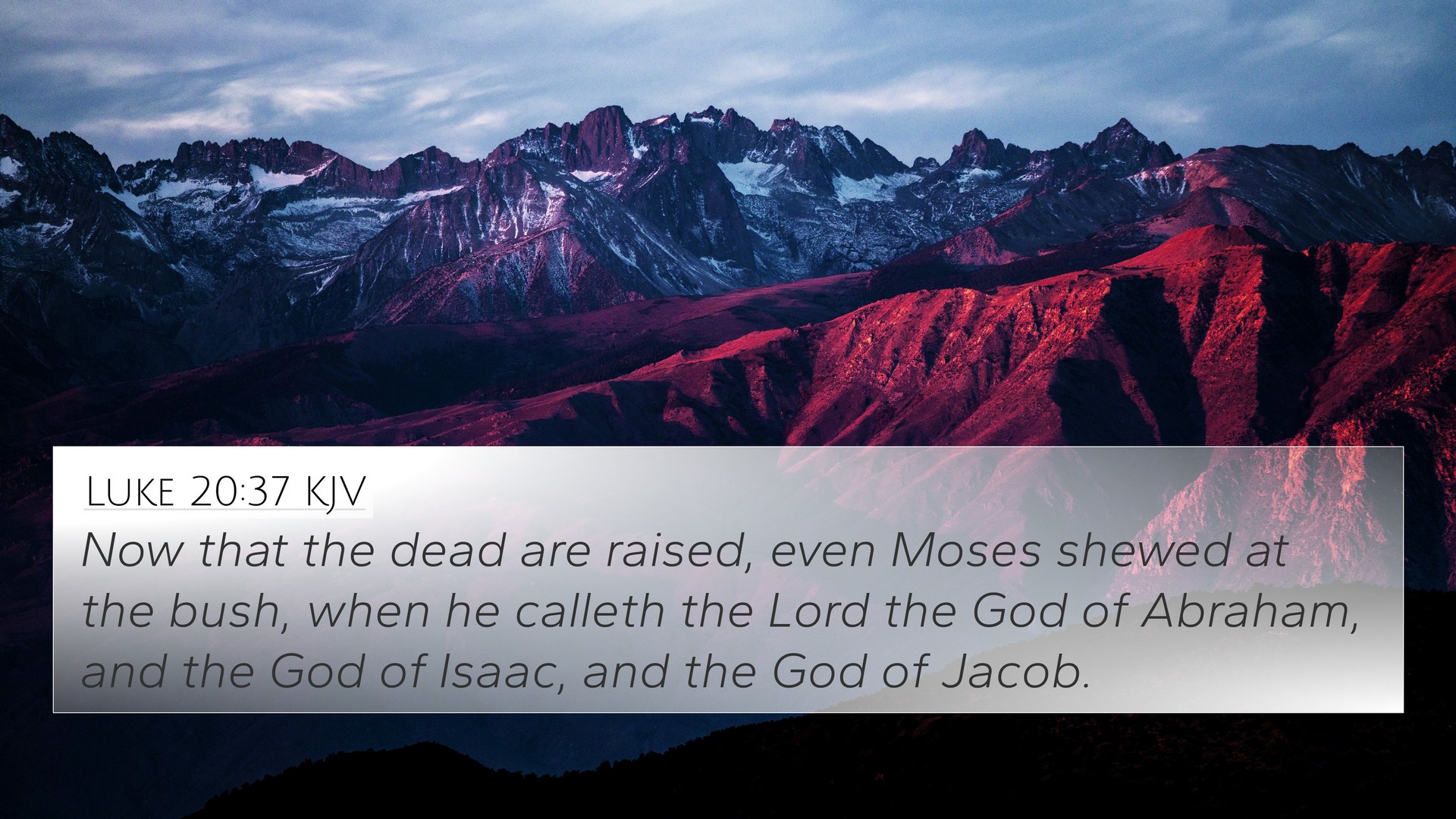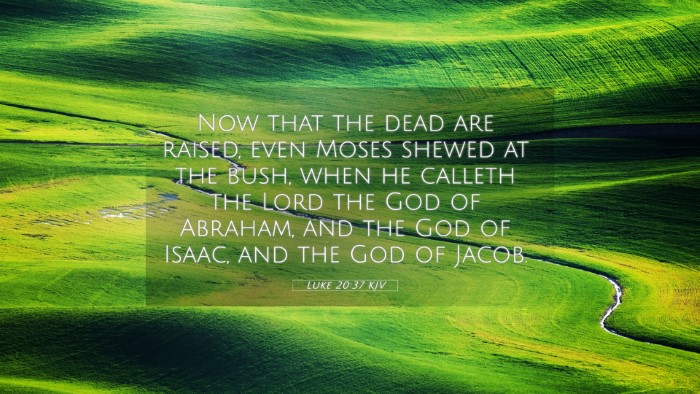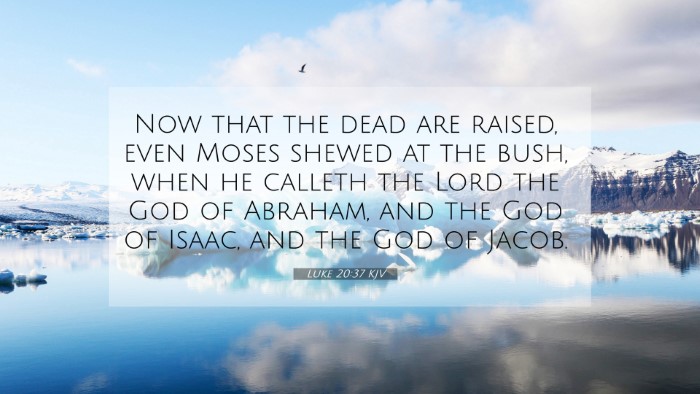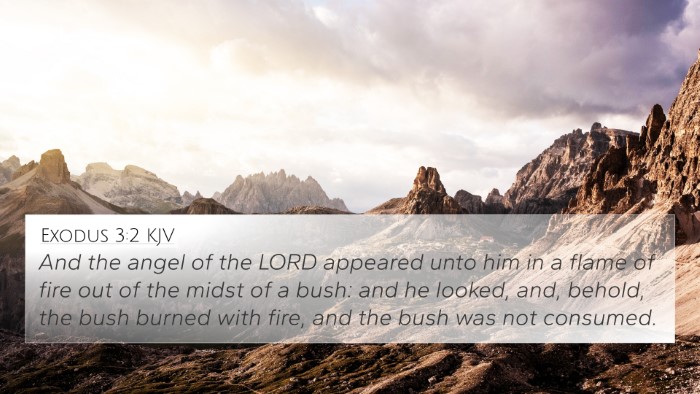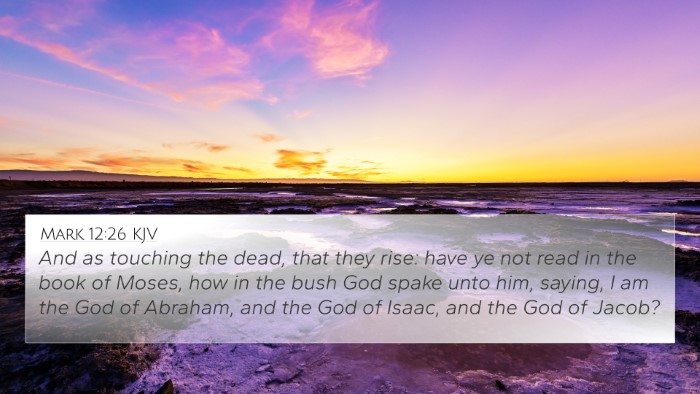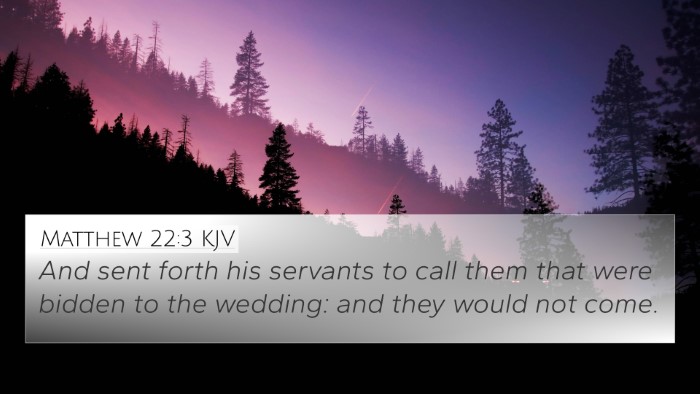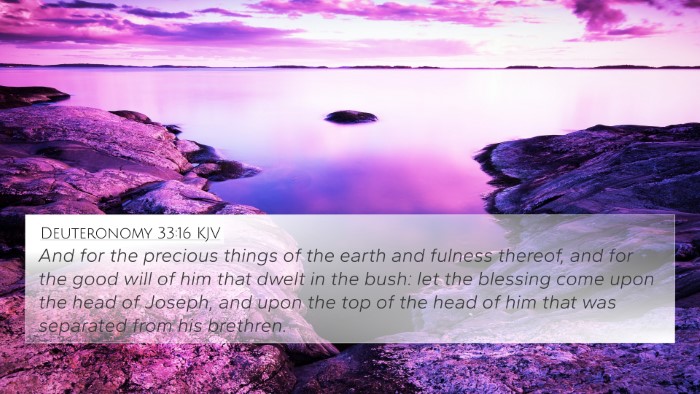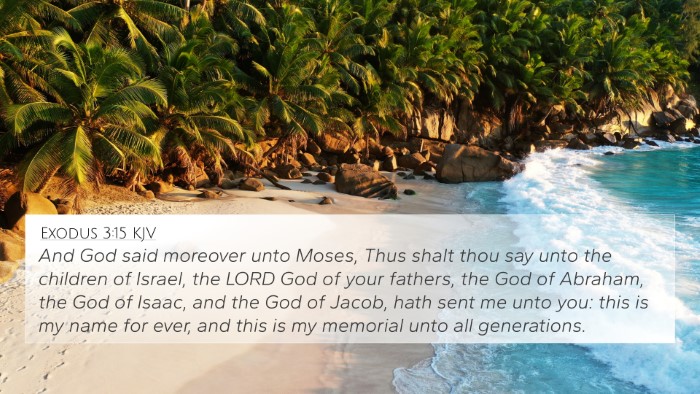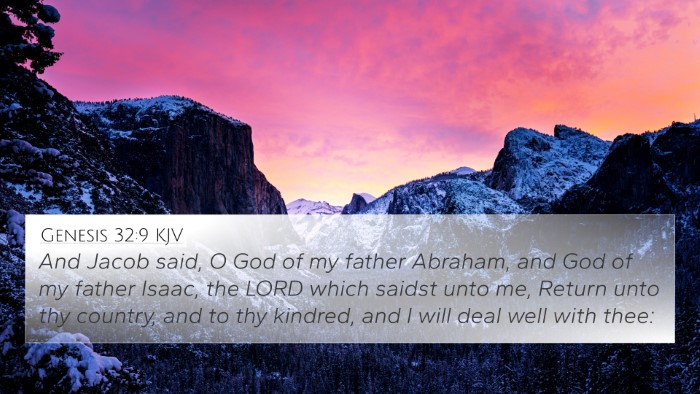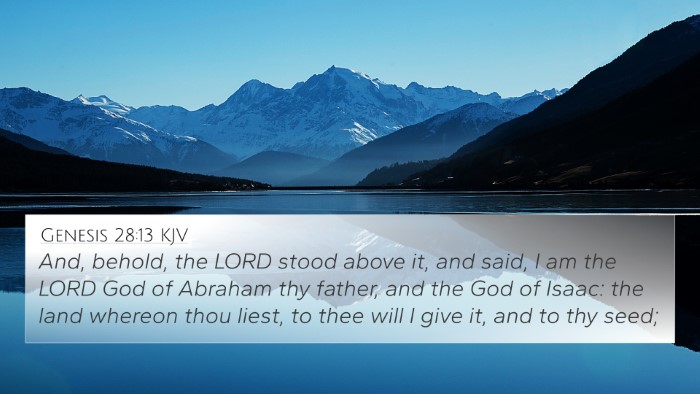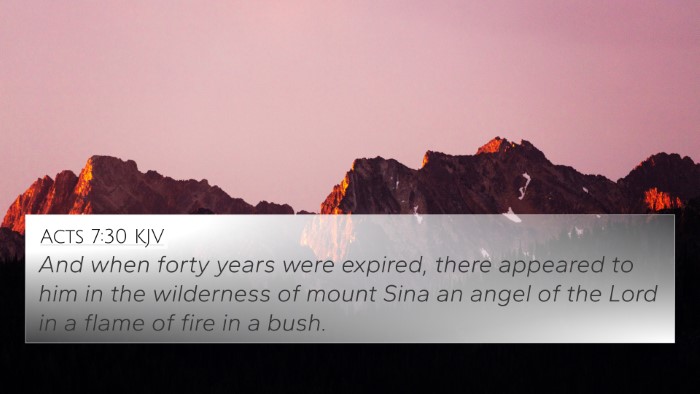Understanding Luke 20:37
Luke 20:37 states, "But that the dead are raised, even Moses showed at the bush, when he calleth the Lord the God of Abraham, and the God of Isaac, and the God of Jacob." This verse is a significant affirmation of the resurrection and understanding the connections between biblical texts can enrich our grasp of its meaning.
Summary of Luke 20:37
In this passage, Jesus is responding to the Sadducees, who denied the resurrection of the dead. By referencing Moses and God's relationship with the patriarchs, Jesus effectively provides evidence for the resurrection and the continuity of God's covenantal promises.
Insights from Public Domain Commentaries
-
Matthew Henry:
Henry emphasizes that Jesus' argument is drawn from the identity God has with the patriarchs. He points out that God’s declaration of being the God of Abraham, Isaac, and Jacob implies that these patriarchs, though physically dead, are alive to God, thus supporting the concept of resurrection.
-
Albert Barnes:
Barnes notes that the use of the present tense "I am" instead of "I was" illustrates that God is eternally connected to those He made covenants with, signifying their current existence and thus validating the resurrection of the dead.
-
Adam Clarke:
Clarke discusses how this response demonstrates Jesus’ skill in using Scripture to disprove the Sadducees' false beliefs. He highlights the deep theological implications of eternal life and the continuity of God's relationship with His people.
Cross-References of Luke 20:37
This verse is connected with several others in Scripture that highlight the theme of resurrection and God's promise of eternal life:
- Exodus 3:6: God declares Himself as the God of the patriarchs.
- Matthew 22:32: Jesus reiterates the relationship God has with the patriarchs, affirming their living status in God’s eyes.
- Mark 12:26: Parallel account confirming the same theological assertion regarding the livingness of Abraham and others.
- John 11:25-26: Jesus states He is the resurrection and the life, adding depth to the hope in resurrection.
- 1 Corinthians 15:12-22: Paul discusses the basis of Christian faith in the resurrection of the dead.
- Hebrews 11:16: Illustrates the faith of the patriarchs looking forward to a heavenly city—implying eternal life.
- Romans 14:9: Relevant mention of Christ being Lord over both the dead and the living.
- Revelation 21:4: Offers hope of no more death, mourning, or pain, pointing toward resurrection and eternal life.
- Isaiah 26:19: Prophetic vision of the resurrection and hope for God's broken world.
- Daniel 12:2: A clear prophecy of many awakening to everlasting life or condemnation.
Thematic Connections and Analysis
The theme of resurrection and life after death threads through the entirety of Scripture, calling for an in-depth comparative Bible verse analysis. Each of these references connects back to the essential truth that our God is a God of the living, encouraging believers to view death as a transition rather than an end.
Utilizing Bible Cross-References
Tools for Bible cross-referencing can enhance our study, allowing us to identify connections between Old and New Testament texts, akin to a comprehensive Bible cross-reference system. Engaging in these studies enriches our understanding of how verses support theme-based inquiries or sermon preparations.
Conclusion
Luke 20:37 acts as a crucial link in the narrative of resurrection theology within Scripture. By employing tools for Bible cross-referencing, believers can decode the rich tapestry of biblical connections, lending a profound understanding of God’s promises. This inter-Biblical dialogue serves as a cornerstone for faith, emphasizing the ongoing life of believers in the presence of God.
